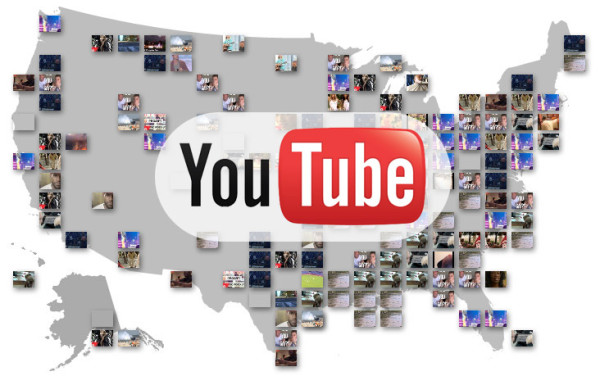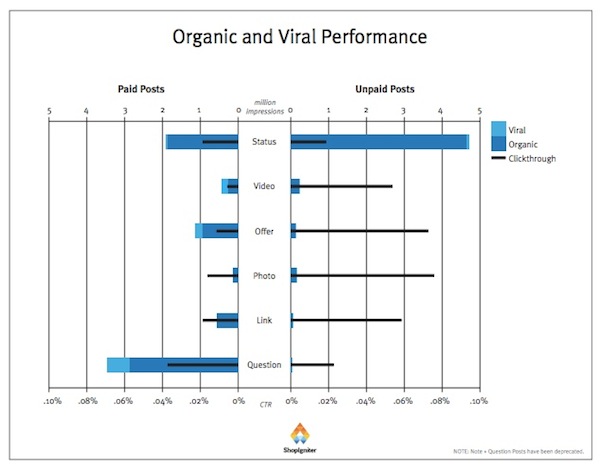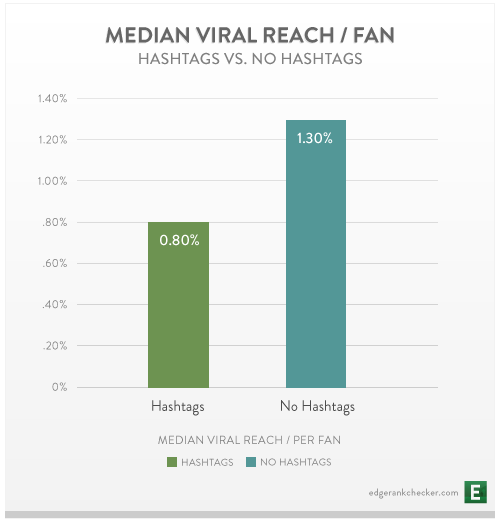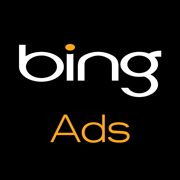Startup companies have a lot to take care of just to get going. You have to deal with staffing your company, outreach, paperwork, testing, financing, and a thousand different things with little time. It is either sink or sail, and success relies on managing a multitude of problems.
It helps that most successful entrepreneurs are experts in their own field, and usually have at least a little bit of online business savvy. But, chances are they aren’t exactly well-versed in search engine optimization. While some of these startups might defer to a professional SEO resource or marketing team, it isn’t always required.
Getting even the most basic SEO considerations taken care of early on may seem superfluous, but SEO can take quite a while to grow. Starting early means you will start seeing the dividends later.
The most basic considerations of SEO simply ensure that searchers can find your business’s name and website fairly easily. Of course, a more comprehensive SEO plan extends that to ensuring you outrank your competitors and improve your larger web visibility, but that can be achieved after you’ve gotten yourself set up with just a little extra work.
Ashley Kemper from Search Engine Land put together a checklist for startups to get the most important SEO considerations taken care of early. Her list is a little more extensive than others you might find, but you’ll see much better rewards down the line by following her suggestions, and you’ll understand what you are actually doing much more.











